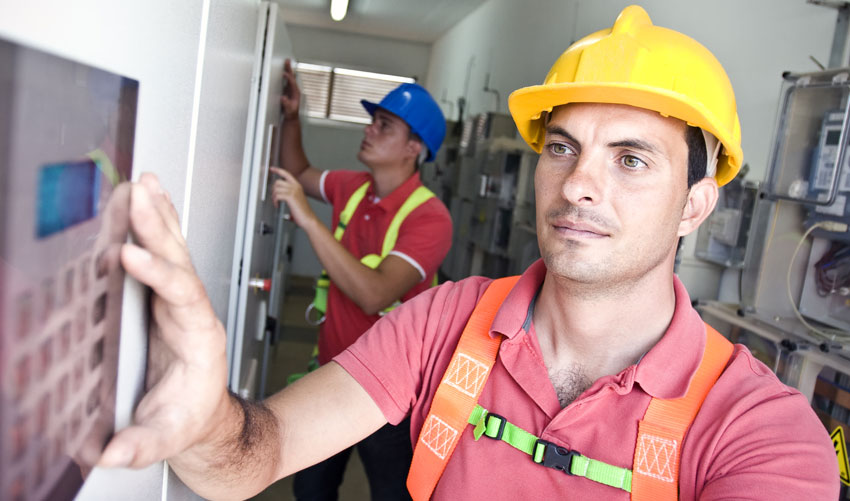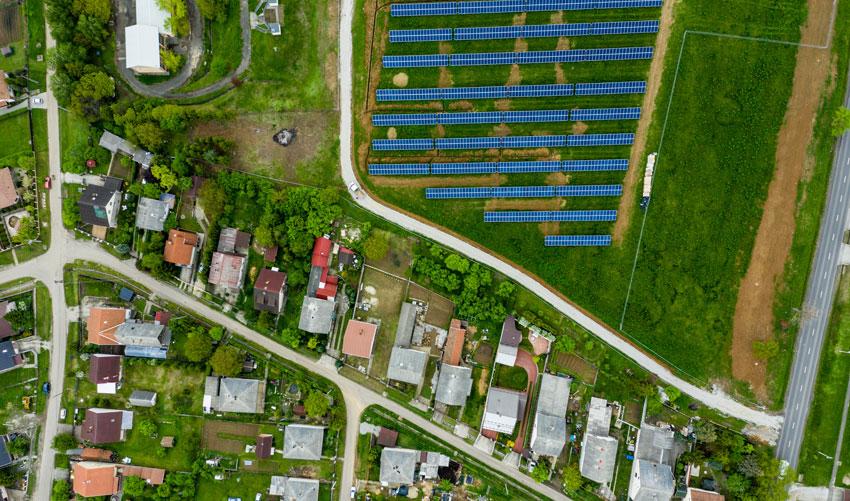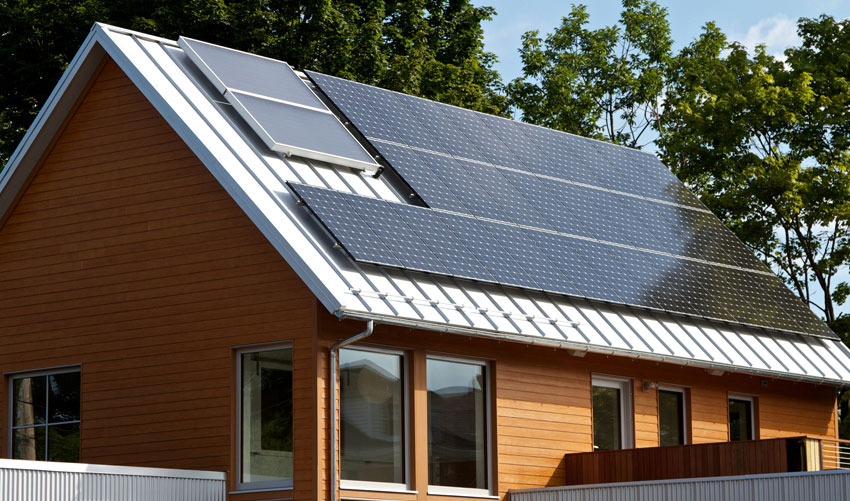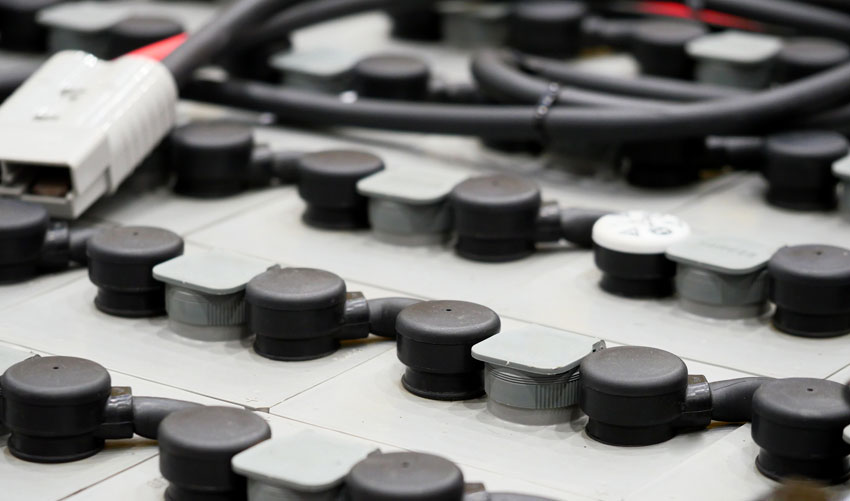Solar charge controllers are the most important line of defense between your solar panels and the batteries that make it possible for your solar panel system to work, even when there isn’t any sun.
Solar charge controllers come in different sizes to accommodate different systems and use; as it is possible to use solar charge controllers in off-grid systems, residential, and business systems.
How do you select a solar charge controller?
Solar charge controllers are devices that regulate the flow of energy coming through the wires. This regulation ensures there are no chargebacks or battery overcharges (which could be extremely dangerous and could fry your system), and they extract as much energy as possible from the solar panel system.
They work as a coupled DC system, which means that it charges batteries before the solar inverter converts the energy into AC. This means that systems that run on DC, (which is unlikely, but still possible,) can still use a solar charge controller without issue.
There are two types of solar charge controllers: The Standard and MPPT charge controllers.
Standard
The solar charge controller known as “Standard” by solar experts is any type of pulse-width modulation (PWM), solar charge controller. This type of controller is considered standard, not because it is the most widely used solar charge controller, but because it was the first one. PWM controllers are not overly efficient but they are cheaper and it gets the job done.
MPPT Charge Controllers
Maximum Power Point Tracking (MPPT) solar charge controllers are much more useful and now, they are found in the majority of systems. They are extremely efficient; increasing a solar array’s effectiveness by up to 30%. When talking about solar power and efficiency, this is a big jump.
Additionally, the use of MPPT solar charge controllers will connect strings of panels in a series. This results in higher voltages (more power) while maintaining a lower amperage, which results in smaller wire sizes. This is useful especially for long wire runs to the PV array, as the thicker wire that is needed, the more expensive the wire becomes.
Why Would You Need a Solar Charge Controller?
Solar charge controllers are essential to most solar panel systems. As stated above, solar charge controllers are extremely useful to maintain the safety, security, and longevity of your solar panel system. However, do you always need to get a solar charge controller?
No. There are some instances where you are not at risk if you forgo this security feature. Essentially, if you have small maintenance, or trickle charge panels, which run off of 1 to 5-watt panels, you do not need a solar charge controller. The rule is that if your solar panels put out about 2 watts or less for each 50 battery amp-hours, then it is perfectly safe not to have a solar power controller.
That is why many people who use a solar panel, or a few low-grade solar panels off-grid, do not need a solar charge controller.
Yet, you can use a solar power controller while off-grid and if your system uses more than two watts per every fifty battery amp-hours, you should. No matter where you are, electricity is still dangerous and needs to be treated with the right amount of respect and precaution.
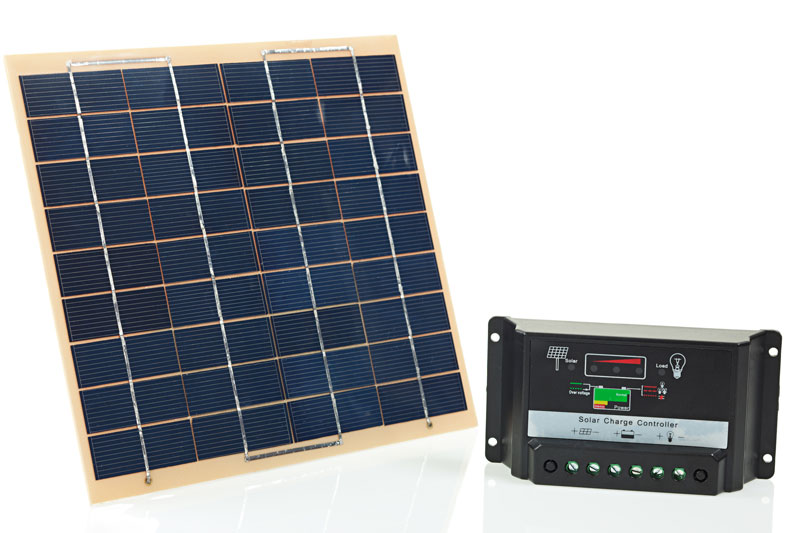
Selecting a Solar Charge Controller
While there are only two overall types of solar power controllers, there are many different brands, sizes, and specialties available. As discussed before, a cheaper PWM controller is going to keep your system from seizing up but it won’t do much else. Nowadays, PWM controllers or Standard controllers are only available for the most basic of systems.
Nevertheless, there are many different types of MPPT solar controllers to choose from. Here are the specific functions that you should be looking for when you select a solar charge controller:
Overload Protection
One of the most basic functions of a solar charge controller is the Overload Protection. This protective feature ensures that the batteries connected to your solar panel system do not take in more current than your system can handle. This greatly reduces the risk of overheating, an emergency system shutdown, and even fire.
However, if you have an exceptionally large system and want further protection, you might also want to fortify your protective measures with circuit breakers or fuses. For the average home though, just a good solar charge unit should be acceptable.
Block Reverse Currents
Solar panels push current in one direction, as is their function. However at night, since the force of the current is gone due to the lack of sun, panels might pass some of the current back in the reverse direction. While this is natural and happens with every solar panel, if the reverse current is not intercepted it can cause a discharge from the battery. When you have a solar charge controller in place, it stops the reverse current from reaching the battery, which could potentially save your system.
Power Panel
Modern homes are equipped with safety shut-offs and systems that keep your power from overtaking your house or turning off completely. All of these procedures, whether you are dealing with traditional electricity or solar power can have bulky, expensive hardware. However, just like traditional power, there is a solar charge controller option that comes in a ready-built “power panel”. This panel makes your safety system compact and economical. Plus, having a power panel helps lessen the burden for an electrician, making it easier for them to connect all the major system components.
Low Voltage Disconnects
Low voltage disconnects work to protect essential loads from failing if there is not enough voltage available to power the whole system. If the voltage falls below a predetermined threshold, the system will automatically disconnect non-essential loads from the battery to ensure everything that is vital continues to run for as long as possible. Then, when the system is charging, the solar charge controller will automatically reconnect the battery to the non-essential loads.
Wind and Water Protection
If you live in a windy area or a place that gets a lot of rain, you must have a charge controller that is equipped with a wind-electric or hydro-electric charging system. This system is needed to protect batteries from adverse conditions but it also needs to save energy, literally for a rainy day. It keeps the system from shorting out and stops the turbine from overspeeding.
This type of solar charge controller will divert all excess energy to a special load that absorbs most of the power from the generator. That load is usually a heating element, which “burns off” excess energy as heat. Many people use the heat that is created as a benefit to heat their pool or home.
In short, the function of a solar charge controller is essential, as the main function is to maintain the safety and security of your home, and your solar system. Therefore, even though it is another expense in an already hefty investment, it is well worth it. Remember, even though solar panels are collecting energy naturally from the sun it doesn’t mean they are not dangerous. Solar energy is still electricity and has the same hazards as traditional electricity. A solar charge controller protects your system from the unpredictabilities of solar power.
